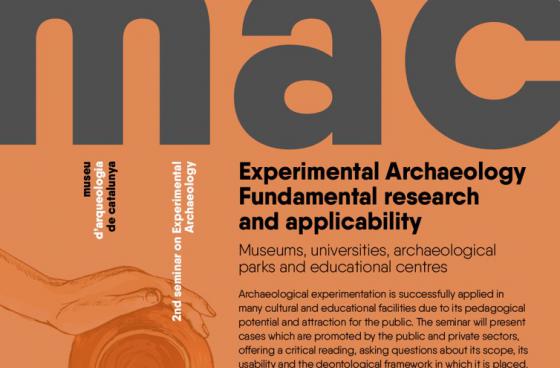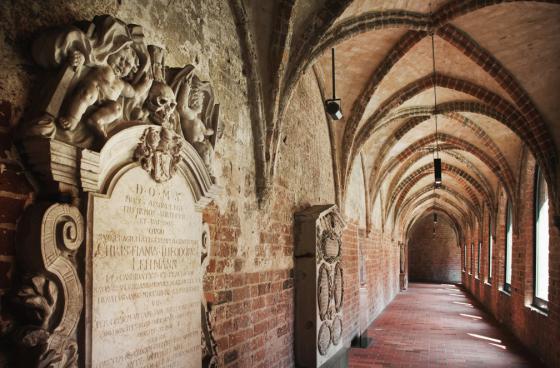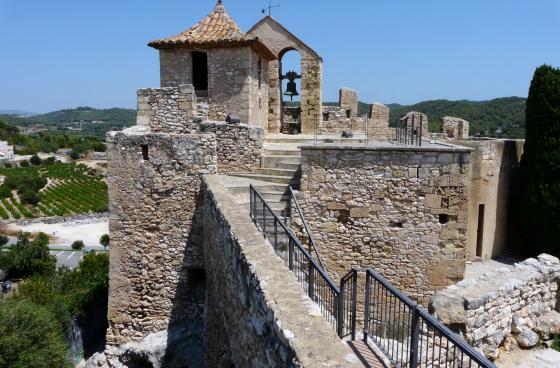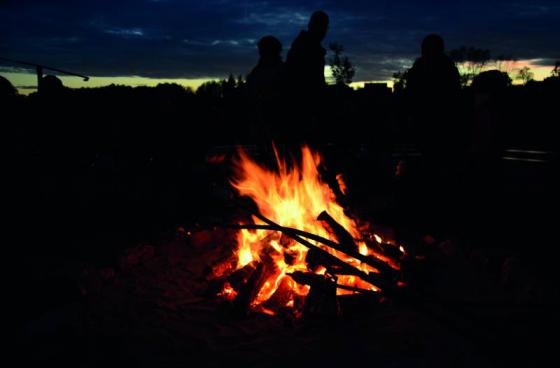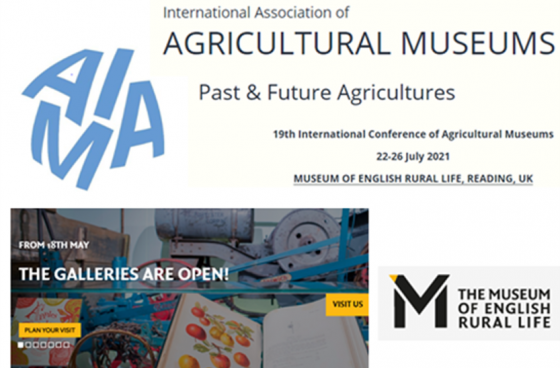Late Middle Ages
The Shroud of Turin and the Extra Sheds of Warping Threads. How Hard can it be to Set up a 3/1 Chevron Twill, Herringbone on a Warp-weighted Loom?
Experimental Archaeology, Fundamental Research and Applicability
Country
- Spain
Archaeological experimentation is fundamentally a methodological tool used in fundamental research and has now been established, in an increasingly consistent way, in the fields of formal and informal training.
Old Textiles More Possibilities
Country
- Denmark
The CTR conference is moving online - and participation/registration is now FREE! Textiles, tools, sciences, archaeology, history, fashion....You have until the end of this month to send us your abstract at ctr@hum.ku.dk.
Stool Graves and Corpses - Burial Customs of our Ancestors
Country
- Germany
Burials are particularly significant findings for archaeologists. Although it may sound contradictory at first, graves, but also the deceased themselves, provide experts with a great deal of information about life long ago.
Archeology and the Public - Experience the Past?
Country
- Germany
Within the last two decades, a "scene" has developed across Europe which combines elements from archaeological engineering and historical representation to sophisticated archaeological reconstruction for a hobby or commercial activity.
European Textile Forum - Virtual Meet-up
Country
- Germany
I have scheduled a Zoom meeting for 6 pm Amsterdam time. You should be able to join directly through this link:
Join Zoom Meeting
or copy and paste the following line:
The Bad First Year
Country
- Spain
Themed visit to the Castle on the crisis in the Late Middle Ages and the entrance to the modern era.
Fire Control at Dusk
Country
- Germany
As the sun sets, it gets dark and cooler in Lauresham. How did people help each other in the Middle Ages? With fire, of course! But how did you actually make a fire in the Middle Ages and how bright and warm did it get? We will investigate these questions as dusk approaches at Lau
AIMA 2021 – Past and Future Agricultures
Country
- United Kingdom
This international congress brings together agricultural and rural museum and heritage professionals from around the world to explore and share their work. It is a rare opportunity for agricultural museum professionals and others interested in farming heritage to discuss engagement, research, collections practice, and related activity.
IMTAL AT 30
Country
- USA
Frustration. Uncertainty. Anger. Heartache. 2020 has given us much. We’ve also been harshly reminded that climate change is upon us, that politicians equivocate, that people have opinions, and that murder hornets are a thing. Our industry has been hit particularly hard. Many of us have been let go.


